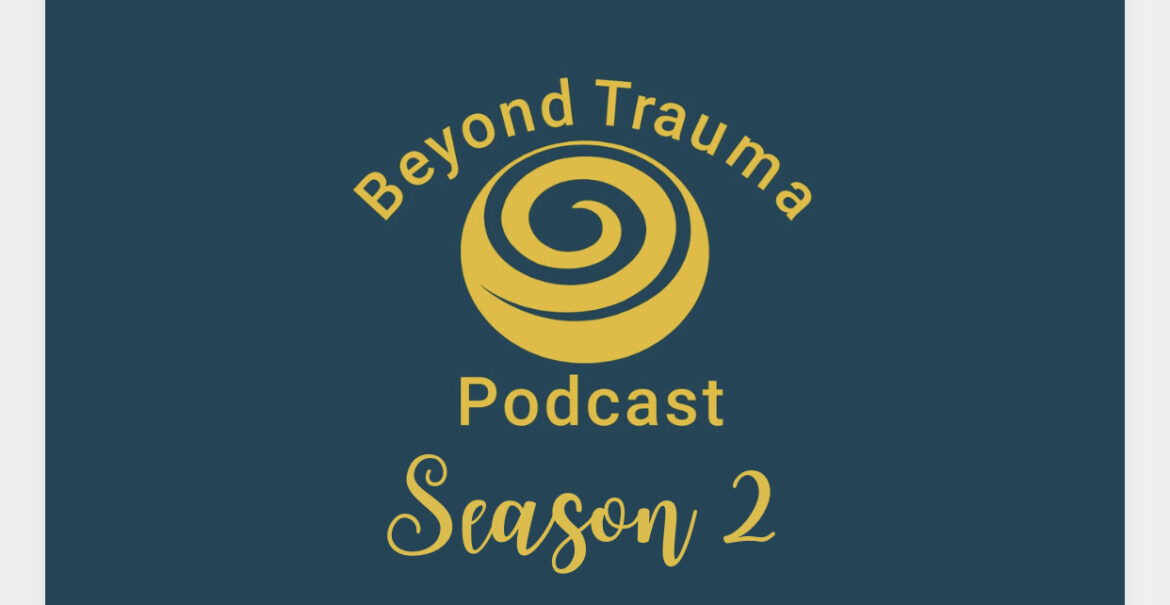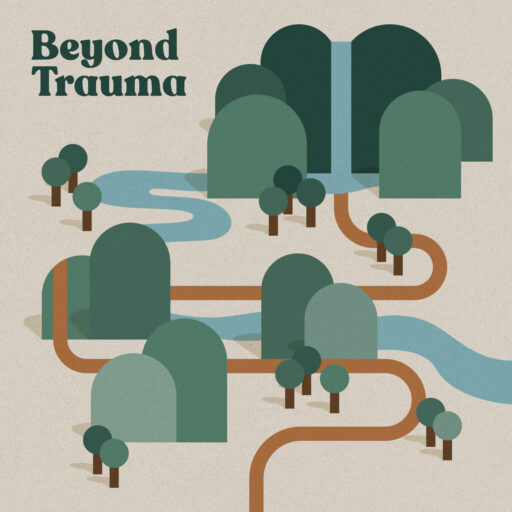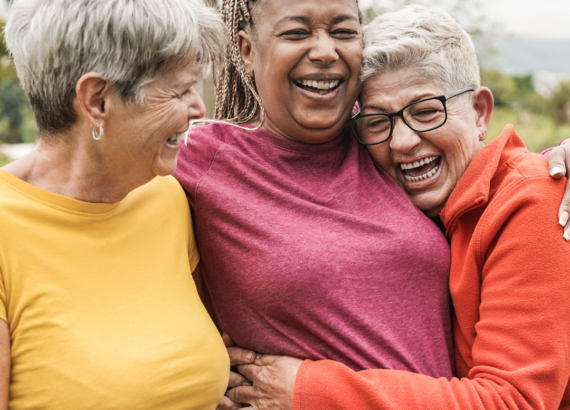Episode 12: Intro to Season Two

Listen in to hear Jen, Melissa and Bridger reflect on season one and announce their intentions of season two of Beyond Trauma.
Join our patreon for mental health resources and to support our podcast!
www.patreon.com/beyondtraumapodcast
What was the original intent of Beyond Trauma?
- We felt that when talking to therapists, there was the interest of when we will come out for content for clients.
- Also, our own clients were listening to Notice That, which would be overwhelming for clients.
- There was a need for clients to understand their own healing journey, specifically from trauma.
- To answer the questions of:
- “Why do therapists do what they do?”
- “What are the clinical decisions that are going to be made along the way?”
- “How do I as a client make these decisions?”
- The idea or intent of Beyond Trauma was to walk individuals through the process from the beginning to end.
- We wanted to make it generic so that it is more relatable to the majority of listeners.
Our deepest mission and vision as an organization is to reach people during their healing journey.
- Before Beyond Trauma, we were doing this directly through client interaction.
- We also were fulfilling this part of our mission and vision through mentoring and developing other therapists.
- Sharing our personal healing journeys to people inside and outside the community.
- “What is trauma and what does therapy really mean?”
- Wanted to share our personal and research-based understanding of healing
For season two, we want people to continue to use Beyond Trauma to better listeners’ understanding of their healing process and therapy.
- With this being said, we’d like to share our approach to therapy and what we consider to be the key factors in understanding trauma, healing and therapeutic relationships.
- “What does trauma do to the body?”
- “How do experiences shape our bodies over time?”
What is Beyond Healing Center’s ideal approach to trauma therapy?
- The fundamental difference a client experiences from a Beyond Healing Center therapist versus another therapist (there are therapists that have the same approach) is we always start with a thorough case conceptualization.
- The first several sessions are not for “client homework” but rather we create space to ask the questions:
- “Why are you experiencing what you’re experiencing?”
- “Why is your body responding the way it is responding?”
- “Why are you feeling the way you feel?”
- “How do you feel in this very moment with me?”
- “How are you showing up in relationships?”
- The metaphor of not becoming distracted by the weed that is showing up (or the garden of weeds) but rather focusing in on what kind of weed is it and where is the deepest root? How can we begin to treat this problem from the root level?
- Example: A couple comes in for therapy and one is struggling with drinking. There are many impactful issues and we can spend a lot of time trying to stop.
- “You just need to stop drinking.”
- However, if the person stops drinking, the root issue can then arise through another behavior.
- “Whack-a-mole” therapy
- Shame and fear are two very influential root-causes of our dysfunctional patterns.
- They begin to distort our idea of self and other.
- We then soon search for strategies to cope with these feelings of shame and fear.
- They can show up in numerous internal and external symptoms.
- Some types of therapy tend to use the same problems to try and change the behavior that originated from those problems from the first place.
- Example: Jen’s daughter struggles with severe OCD. It would show up in one form and that would become regulated and then it would show up in another form.
- Experiences from past therapy set up check boxes of success or failure.
- Feeling as if she was disappointing her therapist and parents when she wasn’t as “successful” that week
- Three major pillars Beyond Healing Center draws from when making sense of the root issue.
- What happens in relationships:
- Very first relationship with primary caregiver(s)
- Establishes the ways in which we view ourselves and others
- “What does this say about me?” “What does this say about others?” “How can I use this information to predict the future?”
- Daniel Siegel- our brains are predicting machines
- Remembering that we are mammals first before anything else
- As a culture, we tend to become focused on the prefrontal cortex
- With emotional and relational issues, we need to look behind the rational brain to the mammalian brain.
- Polyvagal theory: what happens in the human mammal body in response to trauma and threat?
- flight/fight/freeze
- “I know this is not true, but it feels this way.”
- Everything we’ve experience in the present has its roots in the past
- The connection of good and bad experiences have been stored in our memory, which has an impact in the way we perceive new experiences.
- “The anxiety I have about an event today, actually connects back to an experience I had long ago.”
- We use the past to help prepare us for the relationship or occurrence we are in today.
- What happens in relationships:
Normalizing and de-shaming our trauma.
- Our symptoms of trauma are in place to help us survive
- Our bodies are trying their very best at the time to protect us
- Guided meditation
- Journaling prompts
- Psychoeducation
- And more!



